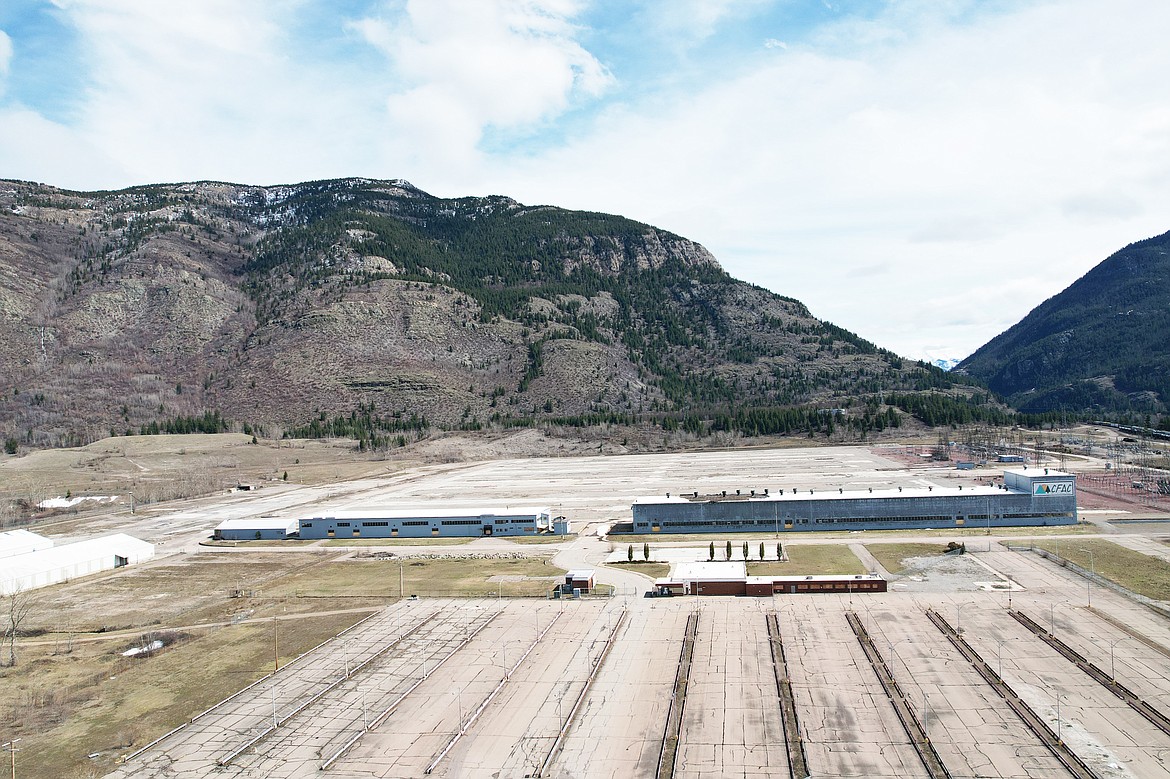Another round of CFAC meetings planned for next week
The Columbia Falls Aluminum Company, in partnership with the Montana Department of Environmental Quality and Environmental Protection Agency, will offer two public engagement and information sessions on April 24 and 25. Daytime sessions will be held in an open house format, allowing attendees to stop in anytime between noon and 5 p.m. A formal presentation will commence at 6:30 p.m. both days, followed by a question-and-answer session.
The sessions aim to provide valuable information on the remediation process and technical experts will be on hand to answer questions.
The future of the CFAC site largely hinges on a yet-to-be released Record of Decision, a document that finalizes the best way to clean up the Superfund site and defunct aluminum plant.
Developer Mick Ruis and CFAC officials recently announced plans for Ruis to purchase 2,400 acres of the company’s property, save for the landfills and a buffer zone around them.
The landfills are where the contamination lies.
The Proposed Action for cleanup of the site calls for a slurry wall around the worst landfills to contain groundwater that is leaching from them that’s contaminated with cyanide and fluoride.
That plan has an estimated cost of $57 million and would be born by CFAC and the plant’s previous owner, the Atlantic Richfield Co.
But many folks are unhappy with that option and want the waste at the plant site removed entirely.
But the EPA claims that option, which would mean hauling it to Oregon by rail or truck, would cost, it estimates, anywhere from $624 million to $1.4 billion.
The Superfund process has been going on for more than 10 years, but a recently formed group, the Coalition for a Clean CFAC, are pressing for a delay in the implementation of the Record of Decision so further analysis can be completed.
The group is pushing for a more complete cleanup of the site, rather than the “waste in place” plan.
“Now is the time for both Ruis and CFAC/Glencore to share with the EPA and the community more concrete details of future development they envision at this site, including maps, potential development patterns, and conditions within the sale agreement, so that the scale and economic viability of future development of the site can be well-planned and successful,” the Coalition claims. “Significant additional tax dollars are available for redevelopment of superfund sites like this, but the public deserves to know that investing more tax dollars in this site will be coupled with a cleanup plan that is strongly tailored for the long-term safety of future residents and businesses who invest in the redevelopment of this property.”

